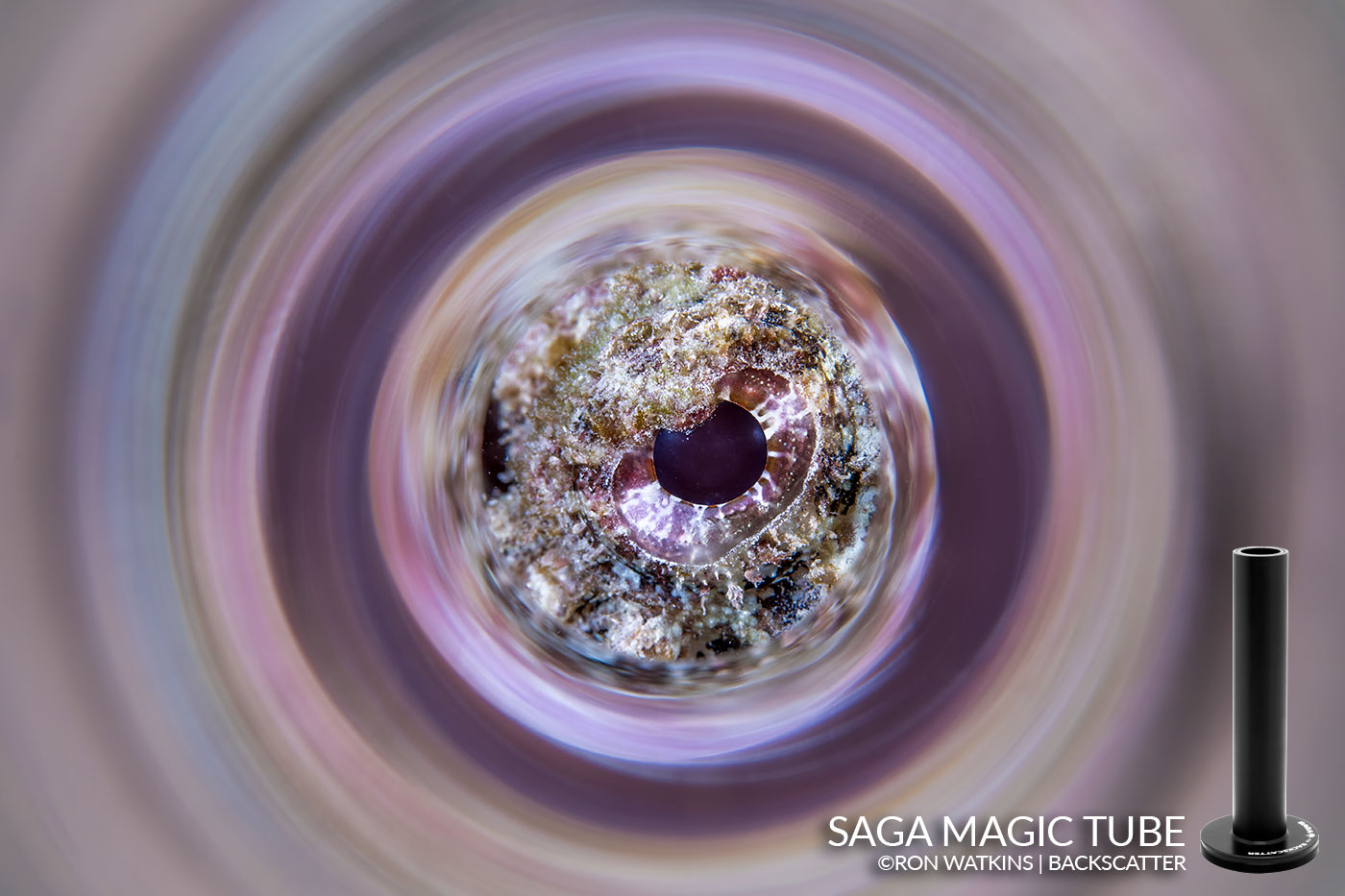Let’s Get Weird
When it comes to underwater photography lenses, the best performance and most reliable results are going to come from either the ultra-wide fisheye or high-magnification macro ends of the lens spectrum. These have long been the go-to types of lenses for creating classic underwater photos and with good reason. Large subjects and scenes demand a wide field of view, allowing the photographer to get close and produce better color, contrast, and clarity. Tiny macro critters need a powerful macro lens in order to appear larger than life and fill the frame. There’s nothing wrong with either of these time-tested photo styles, but every now and then you may find yourself wanting to break away from the ordinary. When that creative vibe starts flowing it’s time to toss convention overboard and start getting weird!Our Favorite Weird Underwater Lenses
Every lens featured in this guide provides a unique and creative effect that you won’t be able to replicate with more traditional lenses. Some of these lenses mount directly on the camera, whereas others are external accessory lenses designed to work with either the built-in lens of a compact camera or an interchangeable lens on mirrorless or SLR systems.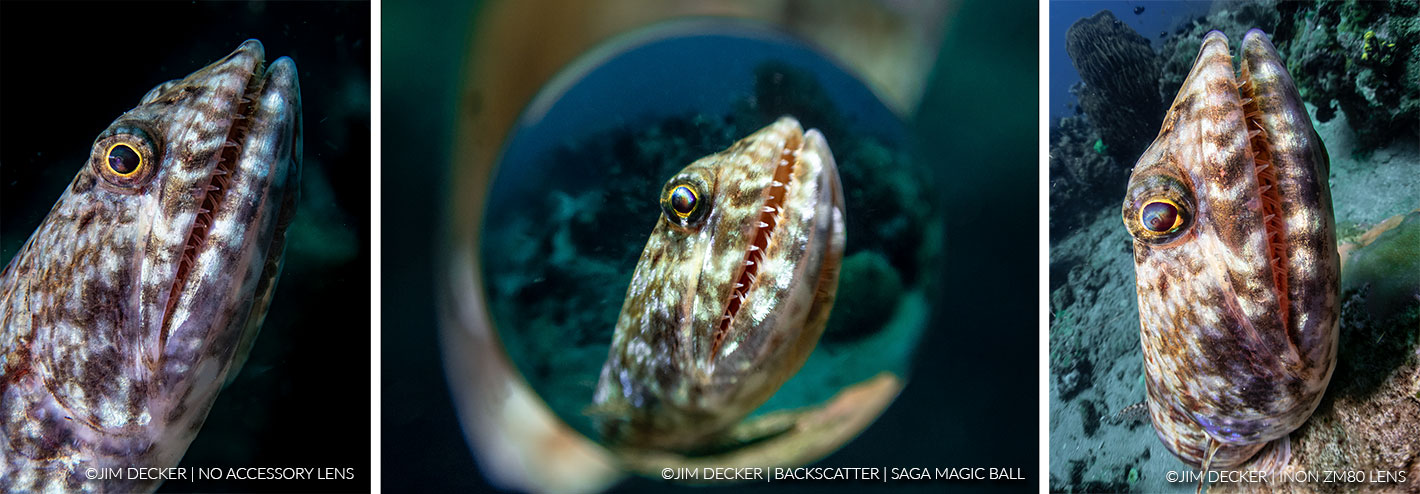
Using weird underwater lenses can change the look of the ordinary to eye-catching. There are many ways to shoot the same subject.
Left: Olympus TG-5 | No Accessory Lens | 1/100 | ISO 200 | ƒ14 – Center: Olympus TG-5 | Saga Magic Ball | 1/100 | ISO 200 | ƒ14 – Right: Olympus TG-5 | Inon ZM80 Lens | 1/80 | ISO 100 | ƒ6.3
There is merit to the discussion of whether or not these lenses are ‘gimmicky’. There is also a certain satisfaction that comes from capturing an image in-camera that otherwise looks like it would only be possible through Photoshop manipulation. While they certainly aren’t meant to be the first lens choice for every underwater shot, they do provide a fun and creative outlet for experimenting with new techniques, style, and ways of capturing otherwise “boring” subjects.
CLICK HERE TO READ ON
for a breakdown of our favorite weird lenses and the shots we’ve captured with them.
for a breakdown of our favorite weird lenses and the shots we’ve captured with them.
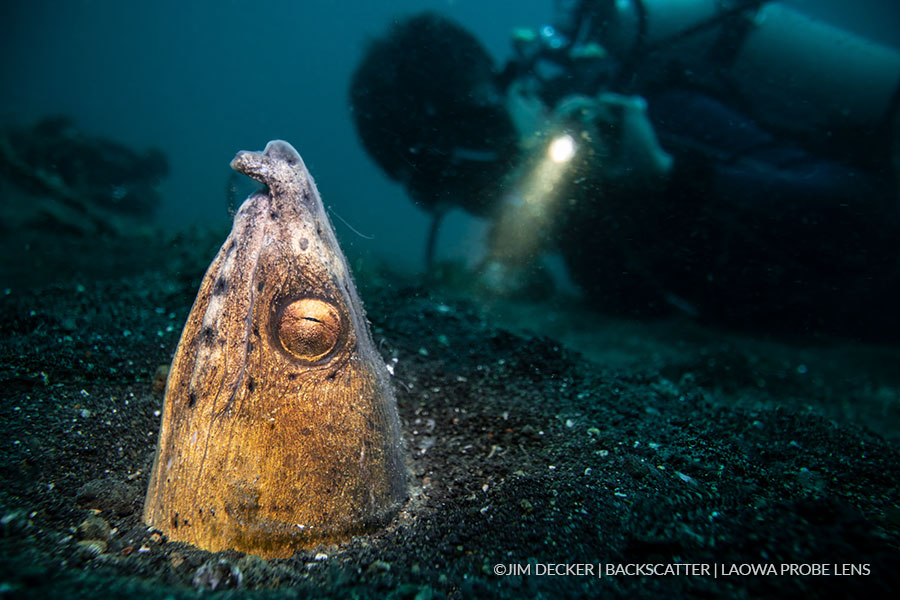
Sony a7R III | Laowa Probe Lens | 1/80 | ISO 1000
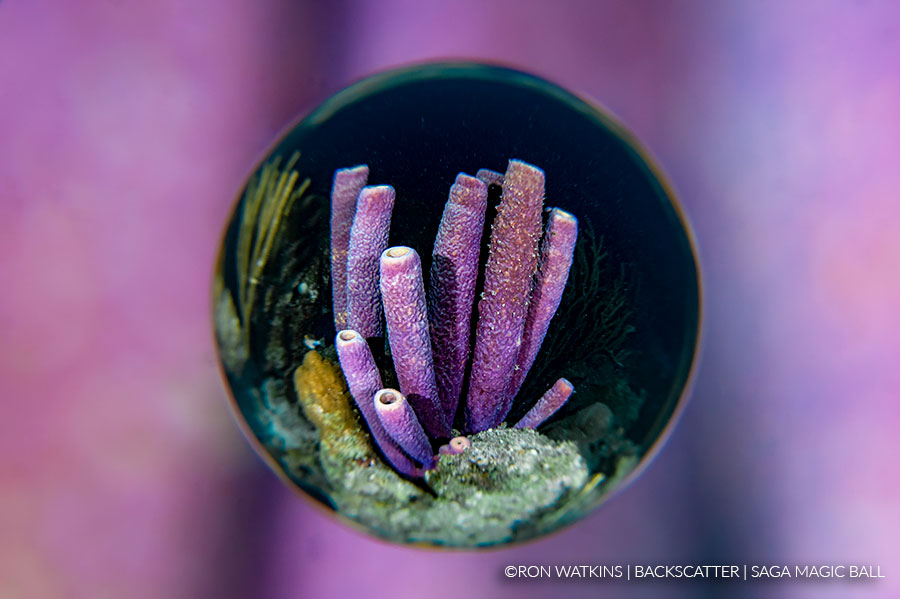
Nikon D850 | Nikon 60mm Lens | SAGA Magic Ball | 1/200 | ISO 400 | ƒ22
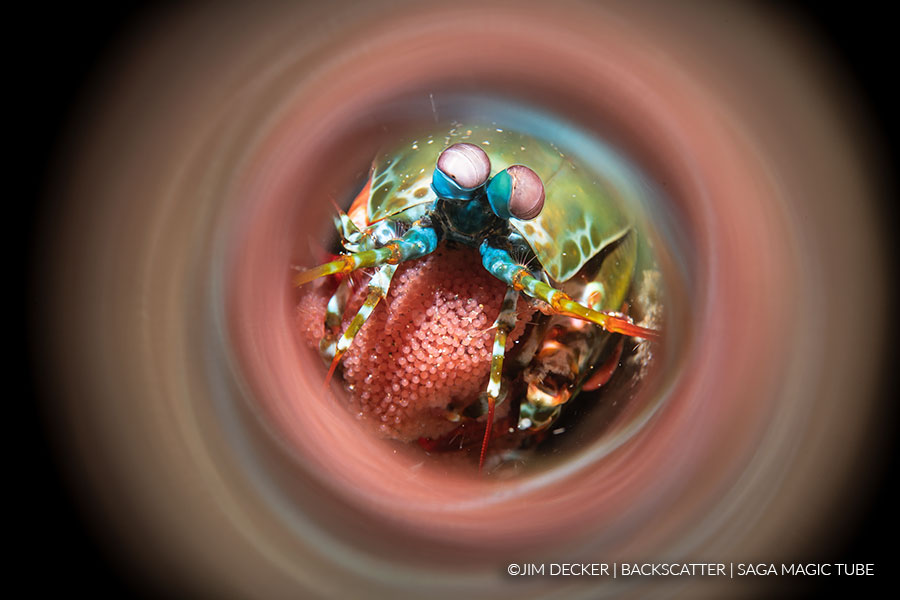
Nikon D850 | Nikon 60mm Lens | SAGA Magic Ball | 1/200 | ISO 400 | ƒ22
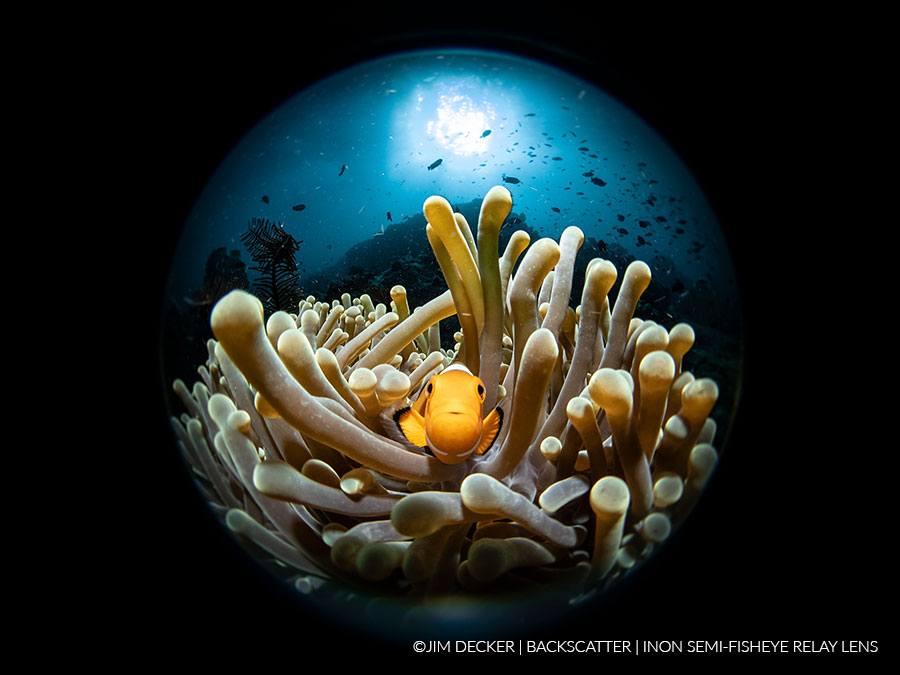
Olympus TG-5 | Inon ZM80 Lens | 1/40 | ISO 100 | ƒ11
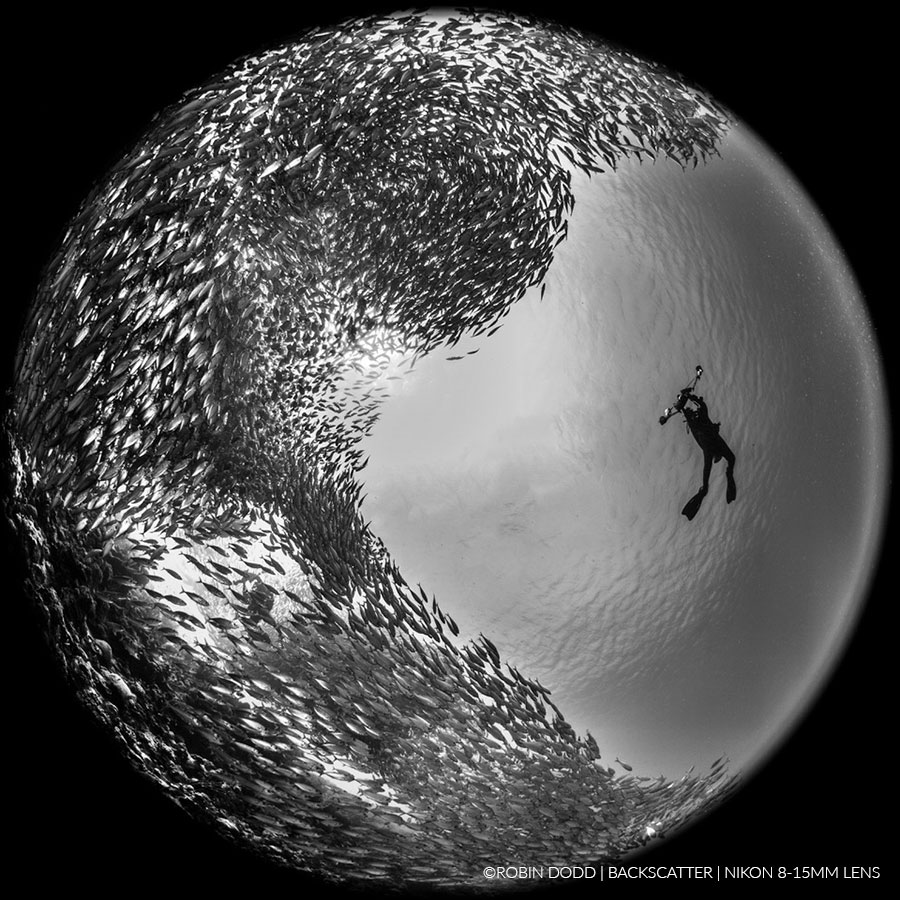
Nikon D850 | Nikon 8-15mm Lens | 1/250 | ISO 100 | ƒ11



